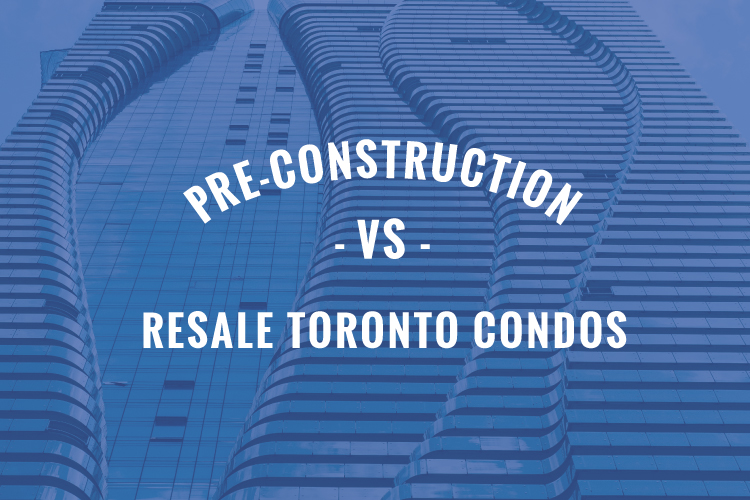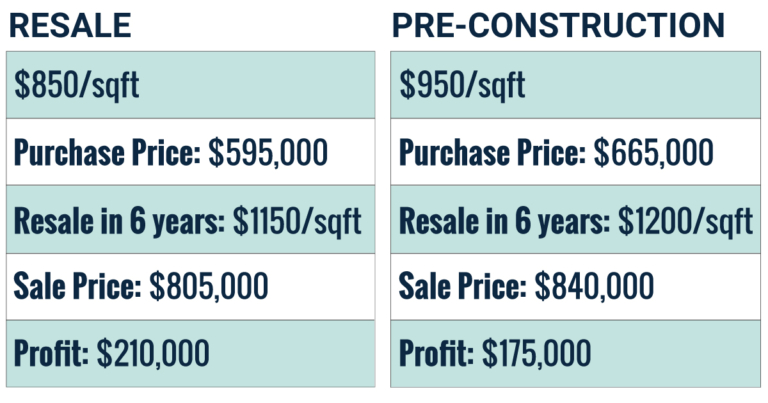Canadian housing starts fell to the lowest in almost two years in September, led by a drop in British Columbia.
Builders began work on an annualized pace of 188,683 units last month, down 5.1 percent from August, Canada Mortgage and Housing Corp. reported Tuesday. That trailed all 11 forecasts in a Bloomberg survey.
Canada’s housing market has slowed this year, hindered by rising mortgage rates and tougher qualification rules. Tuesday’s report adds to evidence real estate is starting to act as a drag on growth.
“As these forces continue to weigh on the housing market, we see residential investment turning from a boost to a drag on gross domestic product in 2019,” Royce Mendes, an economist at CIBC World Markets, said in a research note.
It was the third straight monthly decline, and starts fell to the lowest level since November 2016, driven by an 8.9 percent drop in urban multiple-unit projects. Construction on new single-unit homes rose 2 percent.
Starts are forecast to slow this year to 214,000 units, and again to 197,000 units in 2019, from a peak of 226,000 in 2017, according to a separate Bloomberg survey of economists.
British Columbia saw the most significant deterioration, with starts falling 43 percent in September to an annualized 25,611 units, the housing agency’s report showed. They dropped 42 percent in Vancouver and 56 percent in Victoria.
Part of the nationwide decline reflects a slowdown from an unsustainable peak of about 247,000 units in June, Royal Bank of Canada senior economist Nathan Janzen said by phone from Toronto. That could allow the central bank to continue lifting interest rates, after it hiked four times since mid-2017.
“The slowing to a more manageable pace of activity should be welcomed by the Bank of Canada and isn’t expected to prevent further gradual interest rate hikes,” Janzen said.

















 Maziar Moini, Broker of Record - Home Leader Realty Inc.
300 Richmond St. W., #300, Toronto, ON M5V-1X2
Maziar Moini, Broker of Record - Home Leader Realty Inc.
300 Richmond St. W., #300, Toronto, ON M5V-1X2

